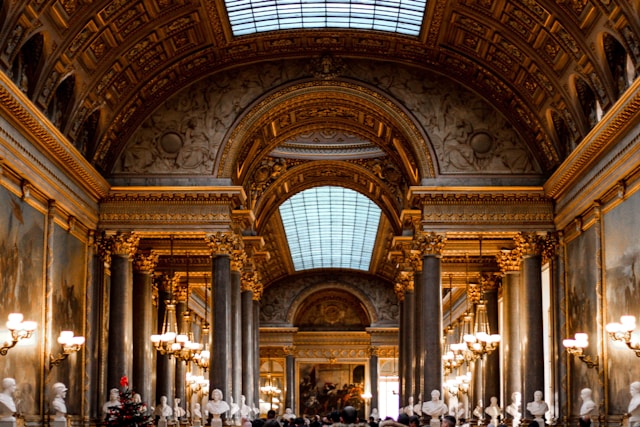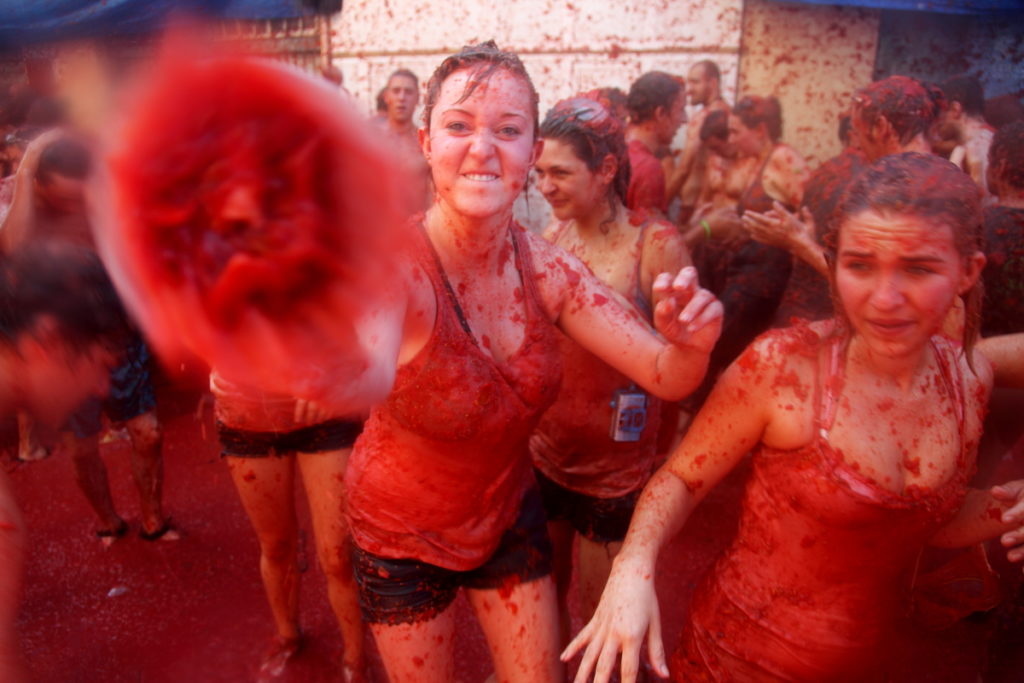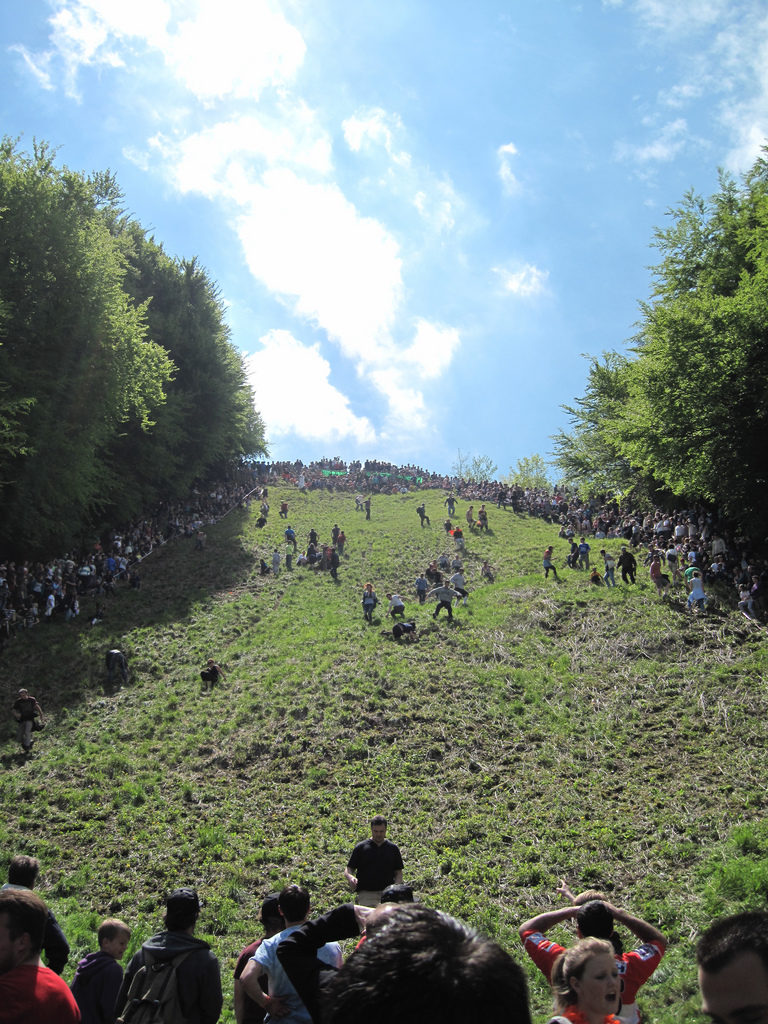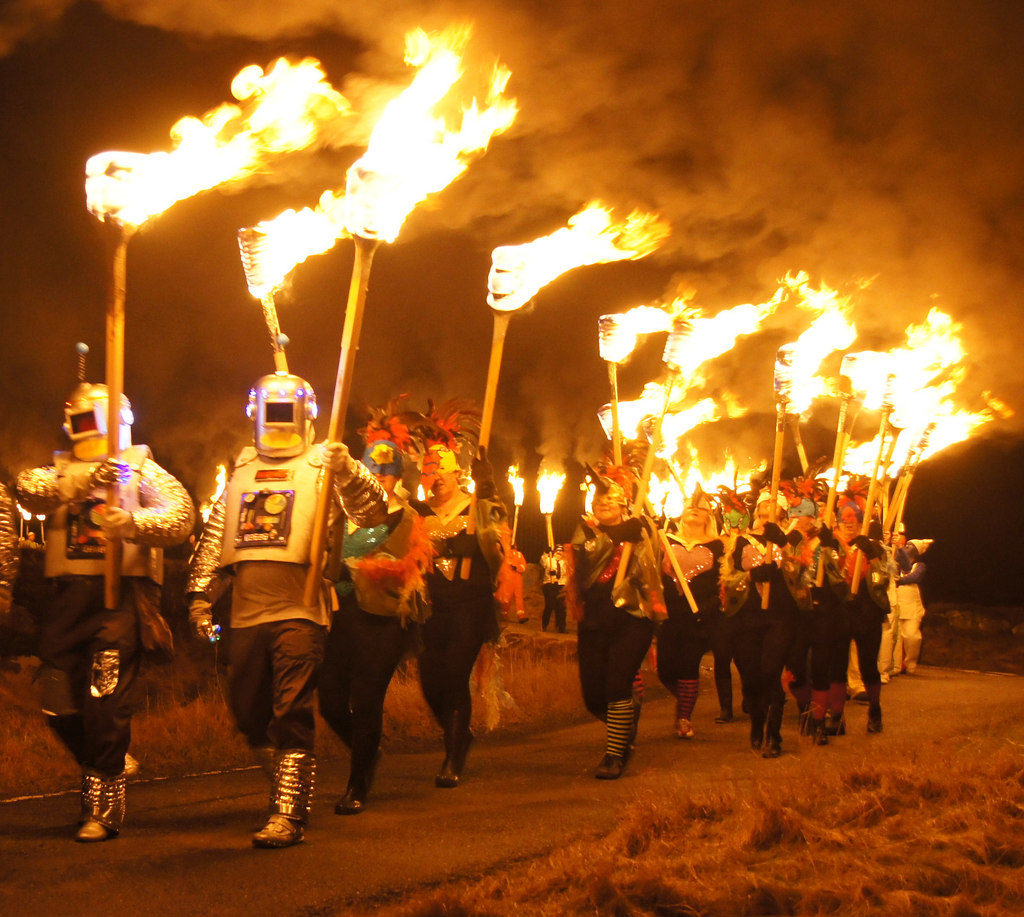The seventeen-century structure at the Palace of Versailles became the embodiment of the luxurious spirit of the French monarchy; the royal residence was not only the place where the French kings exercised their power and authority but also the place where aristocrats entertained and lived during the seventeenth and the eighteenth centuries. Located right in the heart of the Île-de-France but strictly speaking outside Paris is Versailles which the Sun King, Louis XIV transformed from a rudimentary hunting lodge into a massive complex in an attempt to consolidate authority through the grandiosity of the structure. From grand palaces to extensive gardens, Versailles was a place where the tiered society of France existed within these walls and the lords kings and queens followed strict protocols, rituals and mostly an unquenchable thirst for luxury.
The Cost of Grandeur: Versailles and Its Legacy
When they come for their first visit to the palace, many wonder: how much does the palace of versailles cost today? Versailles was an expense that was built and maintained throughout history and even today would be a lot of money. At the time when Louis XIV started the phases of building in the late seventeenth century, they had drained every penny from the royal treasury and taxes were raised to the extent that the peasants of France were suffering from the consequences. Construction of the palace by the next two kings Louis XV and Louis XVI increased cost further and added to the woes that ultimately led to the French Revolution in 1789.
Thus, the luxury of Versailles was to become an emblem of royalism’s detachment from the needs of the nation, and a catalyst for the people’s wrath and revolution. Today, however, anyone who visits Versailles can get a taste of how it was in the past. Currently, the Palace and Gardens of Versailles are on the UNESCO World Tours and exhibitions allow one to enter its lavish rooms, walk through the beautiful gardens and appreciate the way in which art, culture, and politics became intertwined with life at Versailles. However, what do you think was life really like at the palace?
The Rituals and Grandeur
Daily liveliness at Versailles was an elaborate set of the code of behaviours and formalities that infiltrated or rather, pervaded every aspect of life. As soon as one crossed the gates into the grounds it was evident what class one belonged to and how important one was. However, as soon as one set foot on the palace grounds, it was immediately clear where the harness and the horse sat on the social stratum. Often, courtiers competed to be close to the king, since distance equals power and privilege. Levee – the ceremony of the king’s rising and coucher – his retiring ceremony were elaborated ceremonial movements of the court, full of opportunities for rise and fall within the Court’s hierarchy.
Such layout and organisation of buildings and open spaces at Versailles had not only pragmatic significance but also served to broadcast propaganda messages about the figure of the king. The ultimate of this ostentation was the Hall of Mirrors at the very core of the palace where 17 mirrored arches opened to outside gardens and where only balls and receptions of the highest standard were held. Designed with stucco work and gold leaf ceiling, the Grand Apartments provided personal chambers for the king and queen; the large garden laid out by Le Nôtre was meant to be relaxed but was at the same time carefully programmed for royal recreation.
Artistic Patronage and Political Intrigue
Art and culture would have a chance to grow as the French monarchy based in Versailles would take it under their wing. Many artists got opportunities to design works that would have to represent the monarchy and its values. The palace contained an important art collection of paintings and sculptures of the works of famous painters and sculptors which served to reinforce the cultural role of Versailles as the epitome of French artistic achievements.
Despite the grandeur and the beauty of Versailles, there was always much going on behind the scenes and many power struggles and politics at play. It was a stage where people merged and separated, where backstabbing and gossip played a major role within the noble society. In their struggle to gain royal approval and support, nobles fought for attractive marriage propositions and positions at court and often tried, with extreme extravagance and manipulation, to secure their status. This is what the Palace of Versailles stands for: it symbolizes the French monarchy, but it also symbolizes the culture and social structure of the period it was built in. Life in Versailles was a soft or a swift sway of authority, and favour, Today it is still a source of wonder and interest to many people, allowing them to step back into a different world and to see the splendour and the drama of courtly existence.





